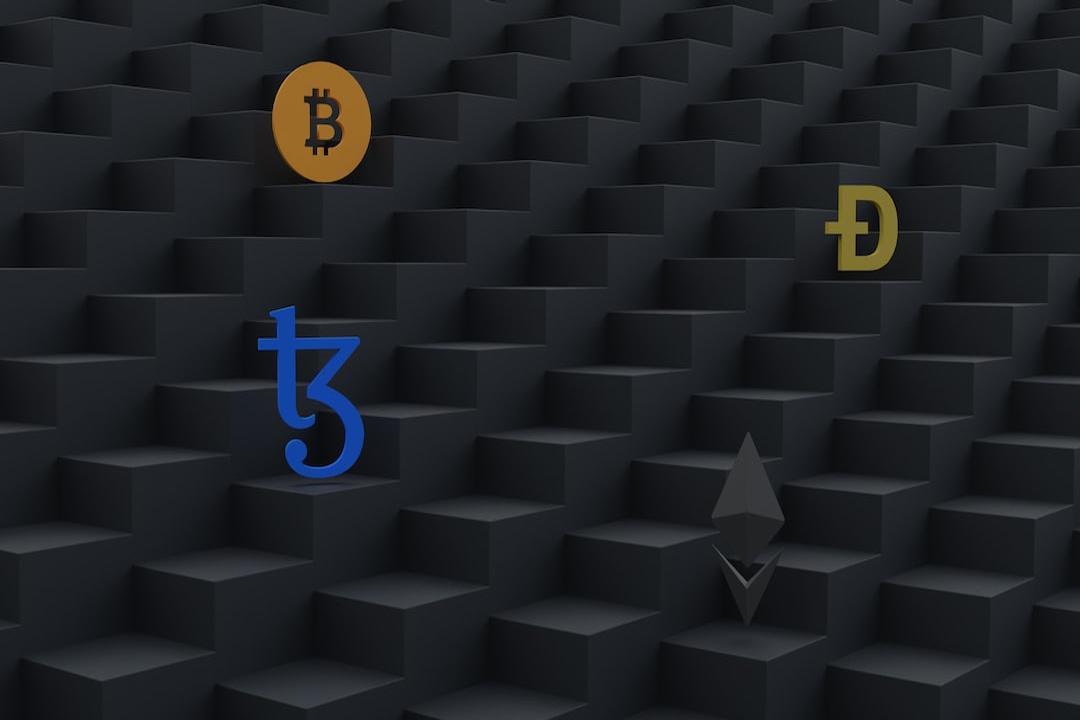The Importance of Distributed Network Infrastructure in the Rise of Web3
With the rise of blockchain technology and decentralized applications, the importance of distributed network infrastructure is becoming increasingly prominent on a global scale. According to a research report by MarketsandMarkets, the global blockchain market is expected to grow from $43 billion in 2021 to $673 billion in 2026, with a high annual growth rate of 68.4%. This growth is driven by the increasing demand for decentralized and distributed network infrastructure.
Blockchain networks like Ethereum and Bitcoin rely on distributed nodes to maintain their decentralized characteristics. By the end of 2021, there were over 10,000 active nodes on the Bitcoin network, and Ethereum had over 5,000 nodes. These nodes collectively ensure the security and immutability of the network’s data. In addition, distributed storage solutions such as Filecoin and IPFS are providing more efficient and secure data storage services through distributed networks, addressing the security and privacy issues faced by traditional centralized storage.
Furthermore, Web3 is changing the operating models of industries such as finance, gaming, and social media. For example, the total value locked (TVL) in decentralized finance (DeFi) applications grew from $15 billion at the beginning of 2021 to over $100 billion by the end of the year. This growth indicates that more users and enterprises are accepting and relying on the decentralized services provided by distributed network infrastructure. It is clear that distributed network infrastructure plays a crucial role in driving the development of the Web3 ecosystem.
Inscribe’s Distributed Network Architecture
Inscribe adopts an advanced distributed network architecture to ensure efficient and reliable services.
Inscribe has deployed multiple nodes globally, which, through distributed management strategies, ensure the high availability and low latency of the network. Each node is an independent computing and storage unit, effectively preventing single points of failure and enhancing the overall network’s resilience and security.
To improve data transmission efficiency, Inscribe utilizes optimized data transmission paths. Through efficient data transmission protocols and optimization algorithms, Inscribe can maximize transmission speed and efficiency while ensuring data security.
At the same time, interoperability is a crucial aspect of the Web3 ecosystem. Inscribe has implemented advanced cross-chain bridge protocols (such as zkBridge) to achieve seamless exchange of data and assets between different blockchains. This interoperability not only promotes the integration of blockchain ecosystems but also provides users with more application scenarios and possibilities.
In terms of network security, Inscribe has implemented multiple layers of security measures to ensure network security and stability, including advanced consensus algorithms and fault tolerance mechanisms. Through distributed node validation and consensus, Inscribe can effectively prevent various network attacks and ensure the security of user data and assets.
Inscribe’s distributed network infrastructure has demonstrated its powerful capabilities in various practical applications.
In the field of decentralized finance (DeFi), Inscribe’s platform supports a variety of financial products, such as staking, liquidity mining, and lending services. Users can securely and efficiently manage and trade assets on the Inscribe platform, enjoying the convenience and benefits of decentralized finance.
Additionally, in the gaming industry, Inscribe has partnered with multiple blockchain game developers to provide rich gaming scenarios and experiences. The distributed network architecture ensures the security and transparency of game data, allowing players to enjoy the fun of gaming in a decentralized environment.
In the future, Inscribe will continue to enhance its distributed network infrastructure to support larger-scale applications and user demands. At the same time, Inscribe will continue to optimize cross-chain protocols, enhance interoperability between different blockchains, and encourage more blockchain projects and applications to join the Inscribe ecosystem. Through continuous innovation and optimization, Inscribe will provide users with a seamlessly connected decentralized future.

